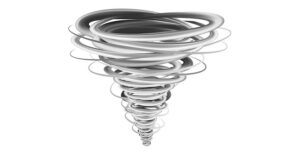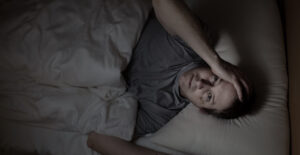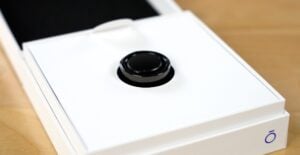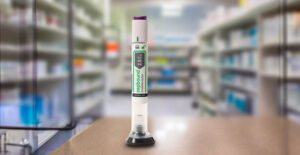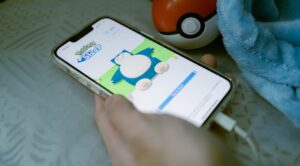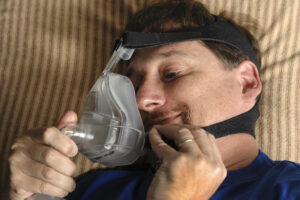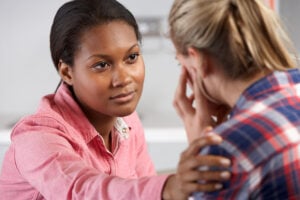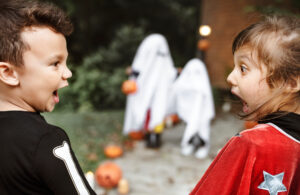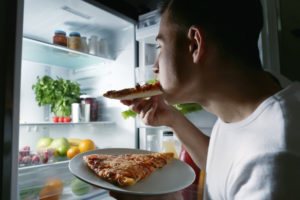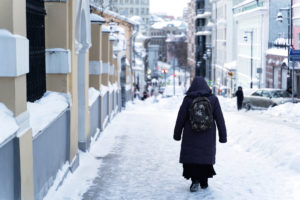Study Links Bed Sharing to Higher Rate of Sudden Unexpected Infant Deaths

A new study has found that in more than half of sudden unexpected infant deaths (SUIDs), parents or caregivers had followed unsafe sleep practices.
SUID refers to the unexpected death of an infant under 1 year old when the cause of death is unknown prior to a more thorough examination. It includes sudden infant death syndrome (SIDS), as well as accidental suffocation during sleep.
According to data from the Centers for Disease Control and Prevention, there are about 3,400 SUID cases in the U.S. annually. The recent study, led by researchers from a division of the CDC, examined SUID incidents that occurred from 2011 to 2020.
The study found that infants were sharing a sleep surface in about 60% of the sudden unexpected infant deaths examined. Of those cases, around 75% of infants were in an adult bed, and about 68% were sharing the bed with adults only.

The researchers also looked at other factors involved in sudden unexpected infant deaths. Compared with SUID cases involving infants sleeping alone, those sharing a bed were more likely to be non-Hispanic Black, publicly insured, and under 3 months old.
The study found that infants were sharing a sleep surface in about 60% of the sudden unexpected infant deaths examined.
The data also revealed a higher rate of bed-sharing deaths among infants whose mother smoked while pregnant and those with a caregiver under the influence of drugs or alcohol at the time of the baby’s death.
The American Academy of Pediatrics states that infants should sleep alone and on their back in a crib or a bassinet on a firm, flat mattress with just a fitted sheet and no other objects present, including loose blankets, pillows, bumpers, and toys. The AAP recommends that parents sleep in the same room — but not the same bed — as their baby for at least the first six months after birth to reduce the risk of SIDS.
Got a hot tip? Pitch us your story idea, share your expertise with SleepFoundation.org, or let us know about your sleep experiences right here.

Still have questions? Ask our community!
Join our Sleep Care Community — a trusted hub of sleep health professionals, product specialists, and people just like you. Whether you need expert sleep advice for your insomnia or you’re searching for the perfect mattress, we’ve got you covered. Get personalized guidance from the experts who know sleep best.
References
4 Sources
-
Lambert, A. B. E., Shapiro-Mendoza, C. K., Parks, S. E., Cottengim, C., Faulkner, M., & Hauck, F. R. (2024). Characteristics of sudden unexpected infant deaths on shared and nonshared sleep surfaces. Pediatrics, 153(3).
https://pubmed.ncbi.nlm.nih.gov/38374785/ -
National Center for Chronic Disease Prevention and Health Promotion, Division of Reproductive Health. (2023, November 9). Sudden unexpected infant death and sudden infant death syndrome. Centers for Disease Control and Prevention., Retrieved April 8, 2024, from
https://www.cdc.gov/sids/about/index.htm -
American Academy of Pediatrics. (2023, August 21). Safe sleep., Retrieved April 8, 2024, from
https://www.aap.org/en/patient-care/safe-sleep/ -
Moon, R.Y. (2023, October 23). How to keep your sleeping baby safe: AAP policy explained. HealthyChildren.org., Retrieved April 8, 2024, from
https://www.healthychildren.org/English/ages-stages/baby/sleep/Pages/a-parents-guide-to-safe-sleep.aspx





